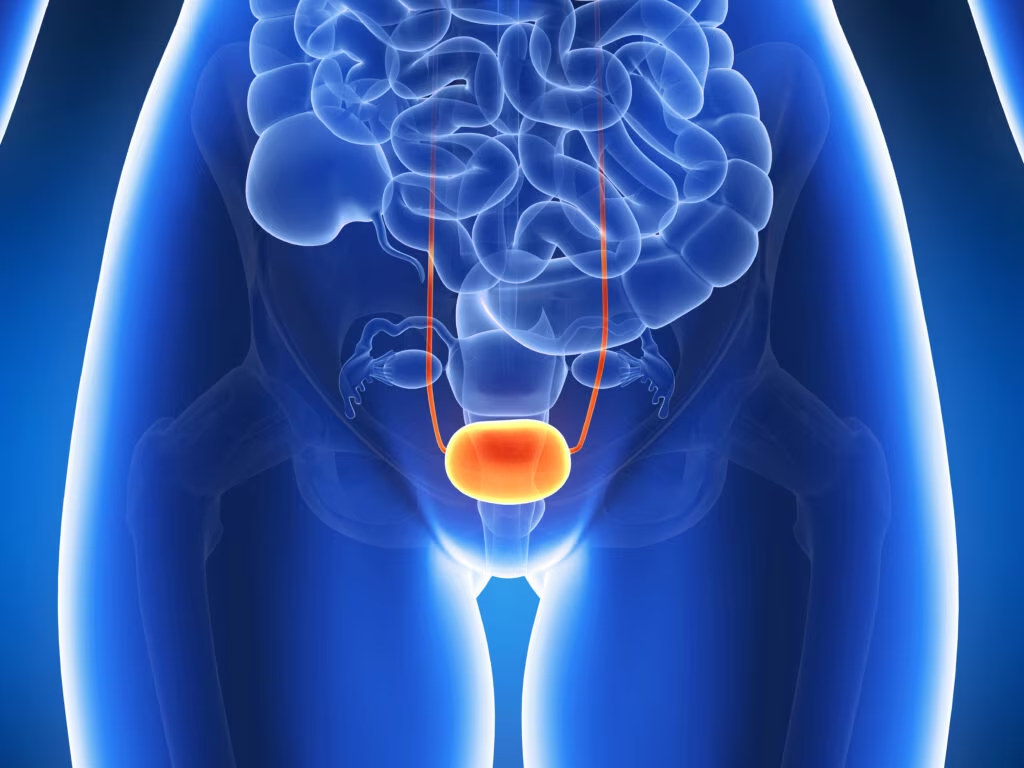Here we are, at the turn of the century, and randomised trials have shown that most of what we knew about sex steroids was simply wrong. We were actually causing cardiovascular disease with hormone therapy. Recently, our understanding has changed once again, after the Women’s Health Initiative investigators’ recent publication showing that postmenopausal women who have received conjugated equine oestrogens (CEEs) for five years have about a 50% lower risk of having (and of dying from) a heart attack.1 This is maintained even five years after stopping the medication.
Here we are, at the turn of the century, and randomised trials have shown that most of what we knew about sex steroids was simply wrong. We were actually causing cardiovascular disease with hormone therapy. Recently, our understanding has changed once again, after the Women’s Health Initiative investigators’ recent publication showing that postmenopausal women who have received conjugated equine oestrogens (CEEs) for five years have about a 50% lower risk of having (and of dying from) a heart attack.1 This is maintained even five years after stopping the medication. This is exactly what the biological rationale told us 20 years ago, but only now have we discovered that CEEs also protect from breast cancer, five years after stopping them!
Expert opinion leaders have created the image of a swinging pendulum to delineate this shift in perception. We think it is just the way medicine evolves, like a ship in a tempest, being brought up and down by violent waves that will reach some sort of calm shelter sooner or later. The risk in this process is that things change while we go up and down the sea. For instance, most of the hormones we used 10 years ago to alleviate menopausal complaints have been taken out of the market by companies because of the drop in sales. We then end up with the paradox that the wonder drug that cuts in half the risk of cardiovascular disease and the risk of breast cancer by 70% is not available anymore in pharmacies. And the worst of it was that it used to cost US$5 a month: what a terrible loss! But these are invaluable lessons that teach us how we should be tempered in reading research reports, and how sometimes we over-react to new findings. This often leads to dramatic changes in clinical practice that sometimes lack solid bases in the long term. This is science and medicine evolving, and we all look forward to seeing what endocrinology news will emerge in the near future.
We are confident you will find this edition an insightful and inspiring read and as always, European Endocrinology would like to extend huge thanks to all contributors and, most especially, to the expert authors who have provided such an excellent selection of thought-provoking articles.












